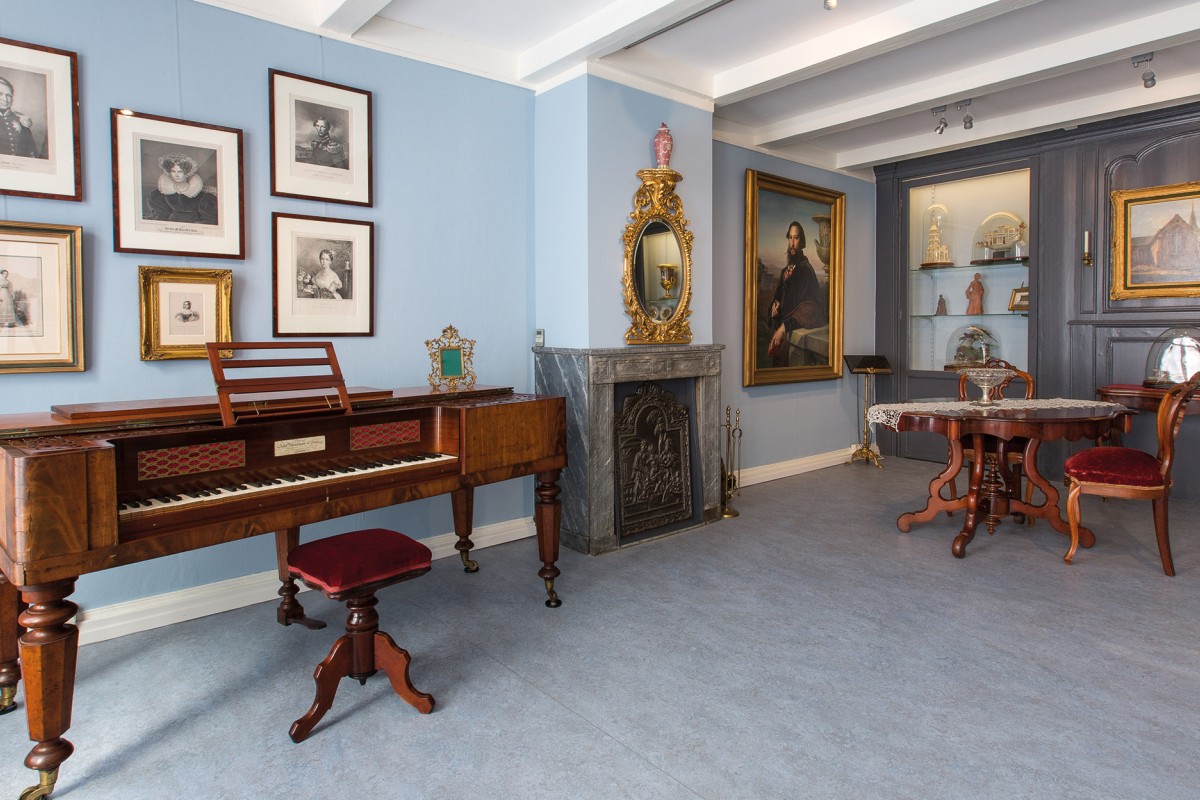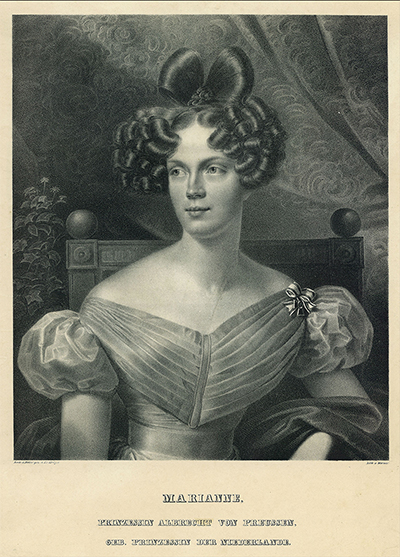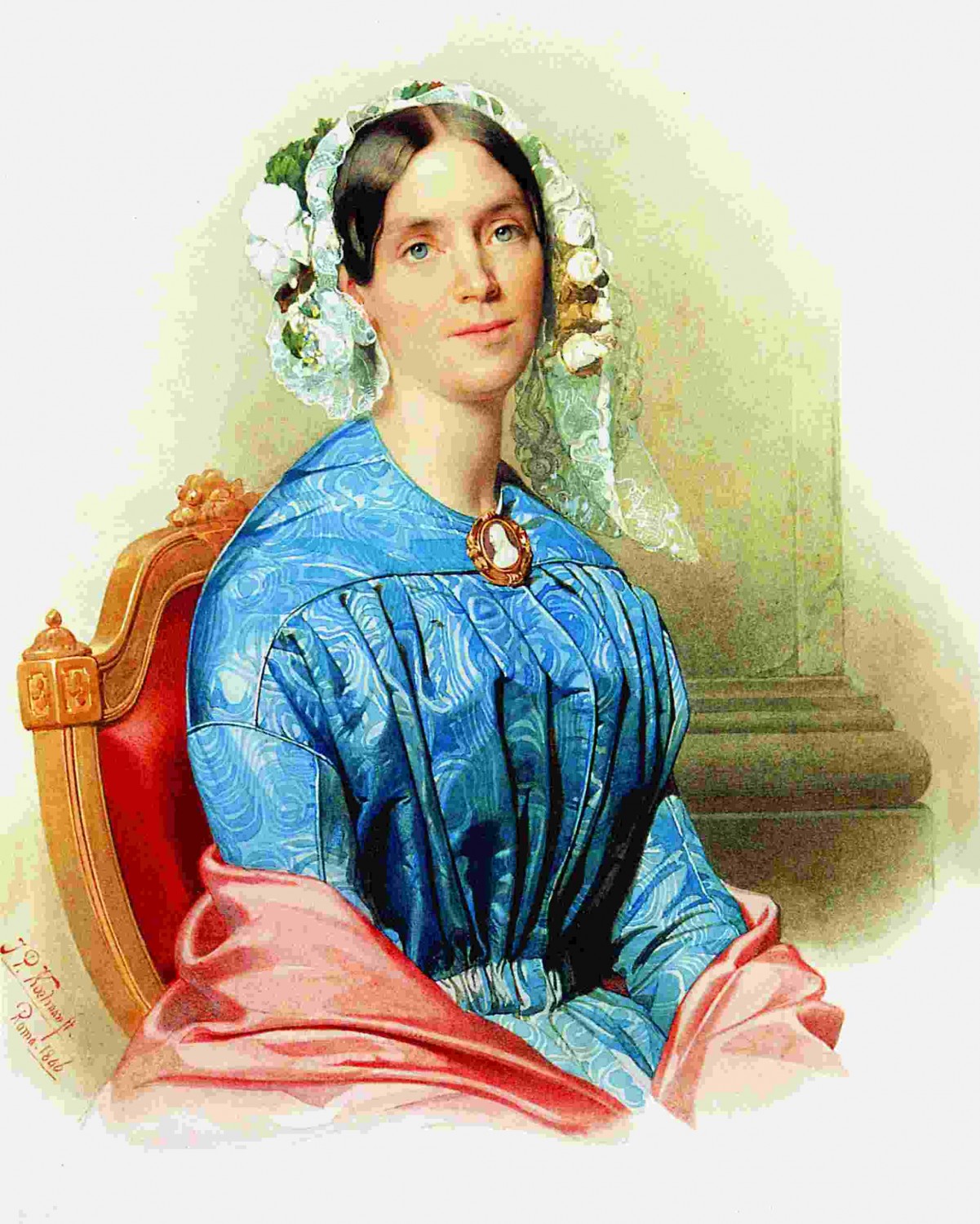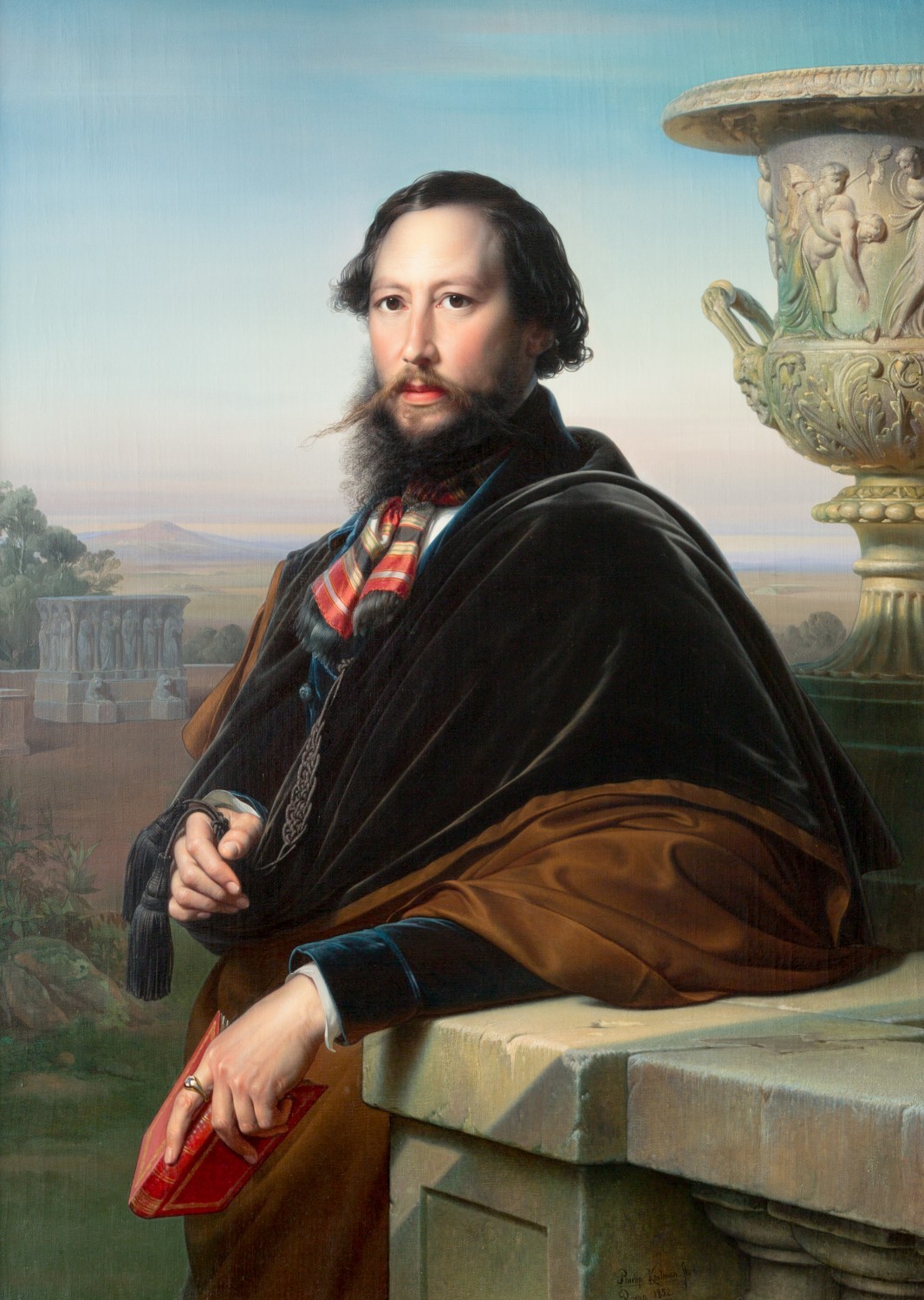
Voorburg
In 1848, Marianne purchased the Rusthof country estate in Voorburg. Here, close to The Hague, she hoped to mend the relationship with her family. She only partially succeeded in doing so, but Voorburg itself offered her a very warm welcome indeed. On 8 May 1849, she travelled into the festively decorated Herenstraat, where she was greeted by cheering crowds.






